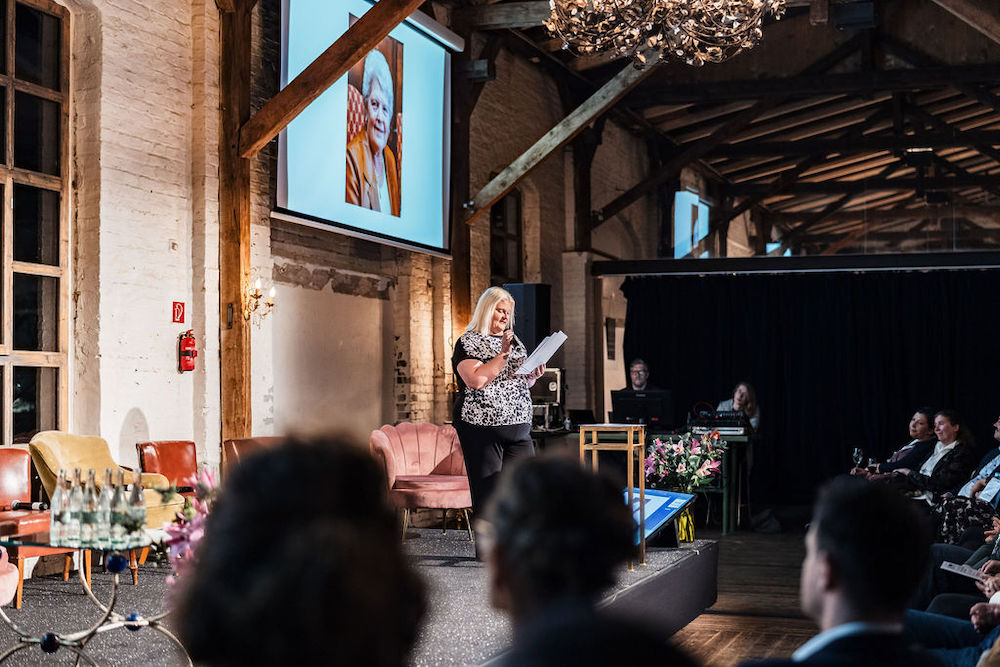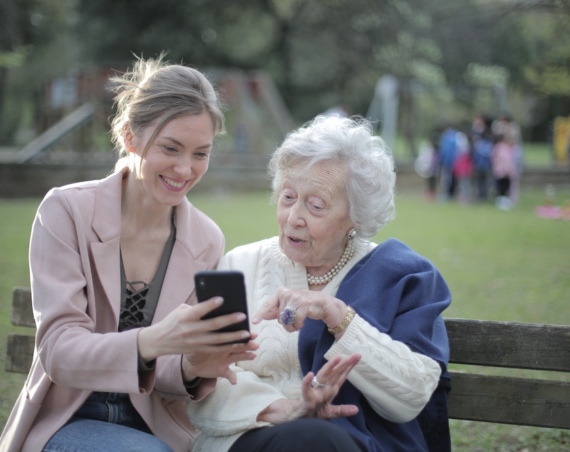On July 25, 1978 Lesley Brown gave birth to Louise Joy Brown, a little girl who would soon be known all around the world as “the test-tube baby” and the first human ever born using in-vitro fertilization. Since Louise’s birth more than 10 million other “IVF babies” have followed and declining fertility rates suggest that this number will be growing rapidly over the next years.
Back in the late 1970s IVF was an experimental procedure, and no case had yet resulted in a baby. When Lesley and John Brown agreed to give it a try, the couple had been trying to conceive for 9 years. They went from doctor to doctor and eventually got referred to Oldham, where Patrick Steptoe, Robert Edwards, and Jean Purdy had developed a procedure that would go on to be known as IVF. On November 10, 1977 Lesley Brown underwent IVF treatment, and embryologist Jean Purdy was the first to observe the embryonic cells dividing. Louise Brown, 44 years old today, jokingly still calls her “her very first babysitter”.
Louise’s story was on the cover of TIME magazine before she was even born and as expected her birth on July 25, 1978 was a global sensation. Lesley Brown was under full anesthesia when her daughter was born through C-section. The news of Louise’s birth had made it around the world before Lesley even woke up.
What followed was a media frenzy. Lesley and John Brown from Bristol together with their newborn daughter Louise became household names almost overnight. They started traveling the globe, telling their story, and giving millions of others who were struggling with infertility hope that they, too, could have a healthy baby. Four years later, the family decided to return to their home in the UK to give young Louise a chance to live a somewhat normal life away from the media.

Louise Brown is 44 years old today, married, and has two boys who were both conceived naturally. She still lives in the UK with her family and occasionally travels to share her story. Last November she attended the Think Tank Fertility kick-off event in Berlin, and I had a chance to speak to her.
When she reflects on her journey and the evolution of the IVF industry ever since her birth, she believes that despite advances, many issues her parents faced back in 1978, remain today. Back then there was no legislation for a procedure everyone thought was impossible. Today many who seek fertility care still struggle as laws differ from country to country. Same sex couples, and those looking to use donor sperm, donor eggs or who want to work with a surrogate are particularly affected by inequality and lack of access to care.
Just like back then when her parents went all the way to Oldham for IVF treatment, many still have to travel – sometimes even internationally – to pursue their dream of having a baby. “We need to find a way to make fertility treatment accessible for all close to their home”, says Louise Brown as she concludes her opening keynote at the event in Berlin. “My mother was an ordinary woman. She wasn’t rich, and she didn’t set out to change the world. She just really wanted a baby and was willing to take a leap of faith.”
Lesley Brown may not have set out to change the world, but she did. She was a true pioneer, who wouldn’t take no for an answer, and was determined to see things through. As I reflect on her story today, I think about the many innovators in our community, and I’m reminded that it sometimes only takes one human to change the odds for millions of others. And I can’t help but wonder whether that very next human to change the world could be… you. 💪



